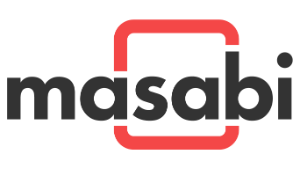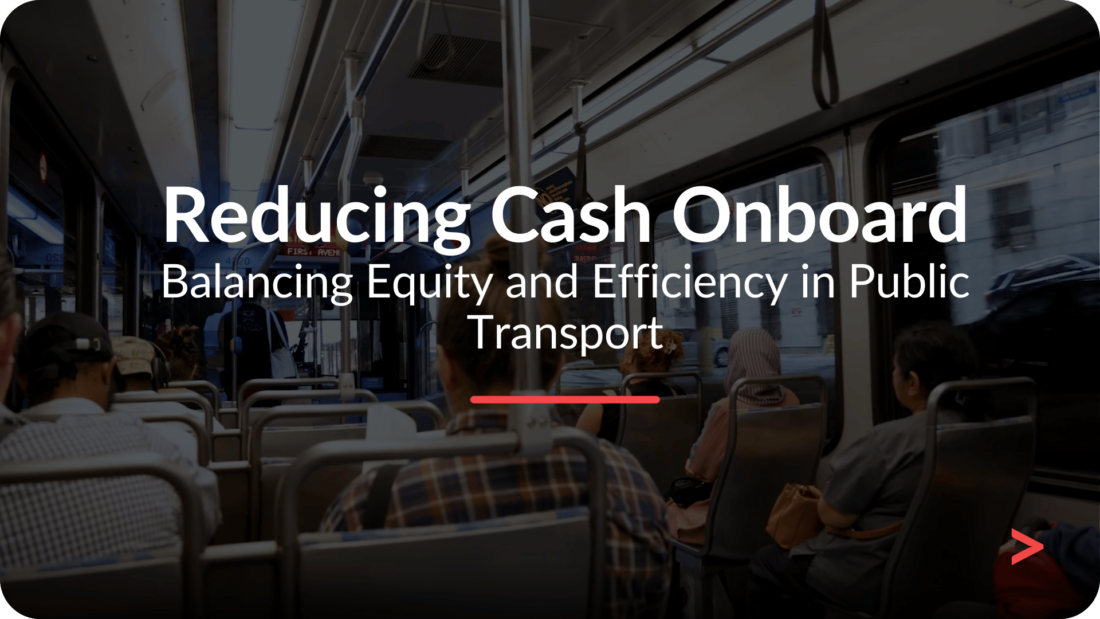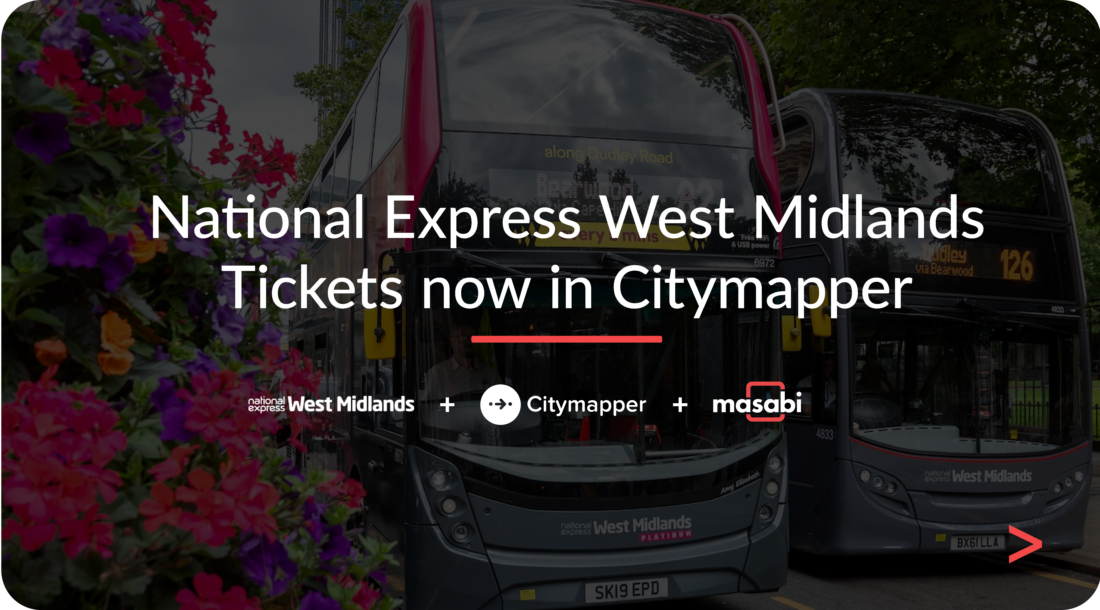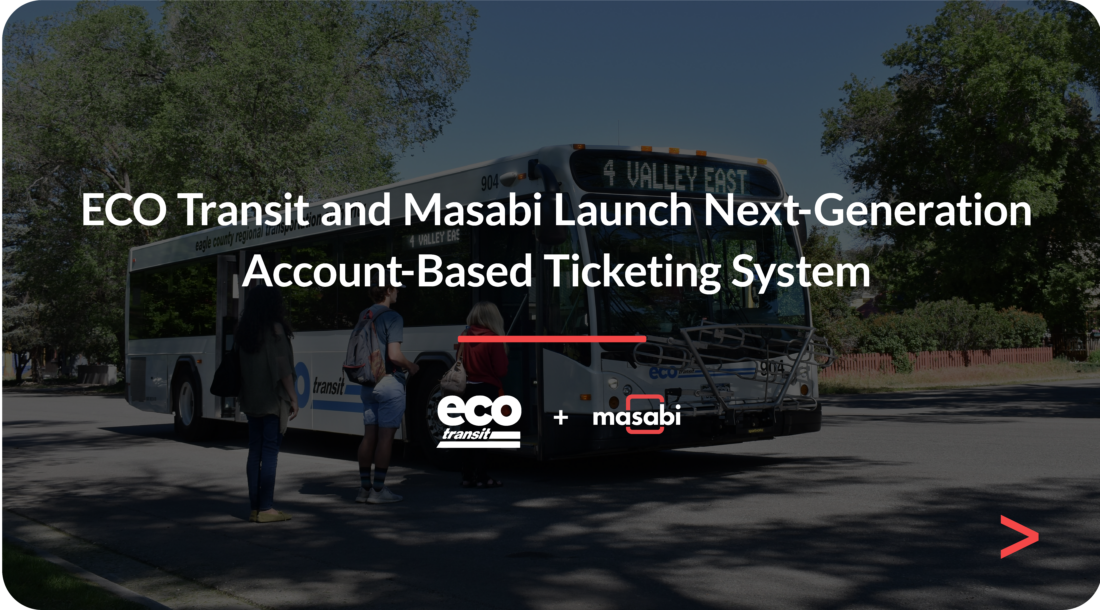The 7 step ‘Mobile First’ approach to delivering Account-Based Ticketing and Mobility-as-a-Service (MaaS)
The ubiquity of the smartphone, the increased proliferation of contactless cards and the availability and speed of the internet have enabled cloud-based software delivery to flourish, and with it brought better ways to run ticketing for public transit.
In this post we run through a short 7-step guide to move agencies to a BYOT set up, enabling organisations to save money and improve the passenger experience. It may be that you do all seven steps at once, enter at step 3 or 4, or skip a step. It is also true that every transit system is different. If you would like to discuss your fare collection set up with a consultant from Masabi we can provide more specific advice based on your infrastructure, pain points and objectives.
1, Mobile Ticketing
Mobile ticketing is available to transit agencies and operators around the globe, no matter their size, via a ‘fixed monthly fee’ or ‘percentage of fare revenue’ model. It is also extremely quick to deploy. Masabi deployed Fire Island Ferries just 23 days after contract signature, SW Transit in 20 days and National Express in only 7 weeks.
Mobile ticketing does not require any capital expenditure or hardware, and can run alongside existing fare collection systems. Often mobile ticketing is deployed using a visual digital ticket inspected via drivers or inspection staff, or upgraded to a scanned solution using validation devices or validation apps.
2, Validation
Once you have a successful mobile ticketing deployment, the next stage is validation and adding in a foolproof way of ensuring any fare evasion is minimised. Today, mobile barcode is the most accepted way to deliver contactless mobile ticketing, as it works on all smartphones with a simple app download and does not require any changes to Sim cards.
Despite the use of barcode, it is worth noting that validation devices should be multi-format to enable multiple technologies to scan, to give flexibility on future ticket formats and to ensure you do not lock out innovation. These devices are becoming more and more cost-effective for organisations of all sizes, and Masabi has the experience bringing off-the-shelf and customised solutions to cities around the globe.
3, SDK Integration
The availability of the Justride SDK, the world’s first mobile ticketing SDK for public transport, means you can now integrate the market leading mobile ticketing platform into existing or new applications. This enables riders to buy tickets from multiple applications within an urban ecosystem. The SDK is currently live with 20 transit agencies in 5 countries.
An agency branded mobile ticketing app may well be the best option for commuters and regular riders, but for people visiting a city or using a journey planning or MaaS app to navigate to a new destination, the ability to seamlessly purchase tickets from the same application gives better accessibility and choice for passengers. It also removes the barrier of having to figure out how to buy a ticket. In our view, because this approach gives passengers more accessibility and choice it will help increase public transit ridership.
4, Account-Based Ticketing
Account-based ticketing means riders no longer need to buy a ticket before they travel, they simply need to have an account and credit can be taken post journey. This is the next step in making travel via public transit even more seamless. Passengers can use a mobile barcode and stored value account to scan onto public transit and justride, or another token such as a contactless credit/debit card.
5, Adding Other Tokens
Once account-based ticketing is operational you can add in other tokens such as contactless credit/debit card and smartcards. Masabi’s Justride platform supports both pre-pay and account-based fares along with multi-format tokens, meaning people can chose whichever token is best for them. As people use the ticket machine in their pocket or the ticket already in their wallet, agencies can reduce proprietary tickets over time and save card issuance and cash handling costs.
6, Enable the Unbanked
Agencies around the word can’t operate just for a small percentage of riders; they need to make public transit available to everyone, and that includes people without a bank account. By using retail shops, agencies can deploy paper tickets using receipt paper. This has the advantage of being extremely cost-effective and has positive side-effects for local retail outlets. You can also partner with providers to exchange cash for digital credit and load this onto mobile accounts. With Masabi’s account-based system you can exchange cash for digital credit for your Justride account.
7, Mobility-as-a-Service
Not all transit trips exclusively use public transit. Adding connecting services and joining together urban mobility applications and private operators is the final step to deliver complete first-last mile journeys without using private cars. By connecting various best-of-breed services via the Justride SDK and APIs – all underpinned through an account-based back office, passengers can access tickets for public transport in MaaS apps or tap on and off transit services and pay the best possible fare (depending on which MaaS models agencies select). The extension of services from the central public transit system will have a positive effect on the rider experience and rider numbers, helping increase public transit ridership in cities around the globe.
Conclusion
At Masabi we are trying to do things differently and better than traditional automatic fare collection solution providers; helping create seamless riders experiences while reducing cost and increasing operational efficiency for agencies of all sizes around the globe. We are enabling this through delivering systems in a new and better way, avoiding expensive, slow and stagnant bespoke solutions by using a Fare Payments platform enabling agencies to move to a Fare Payment as a Service delivery model.
If you have any questions about the ‘Mobile First’ approach please email: james.gooch@masabi.com
